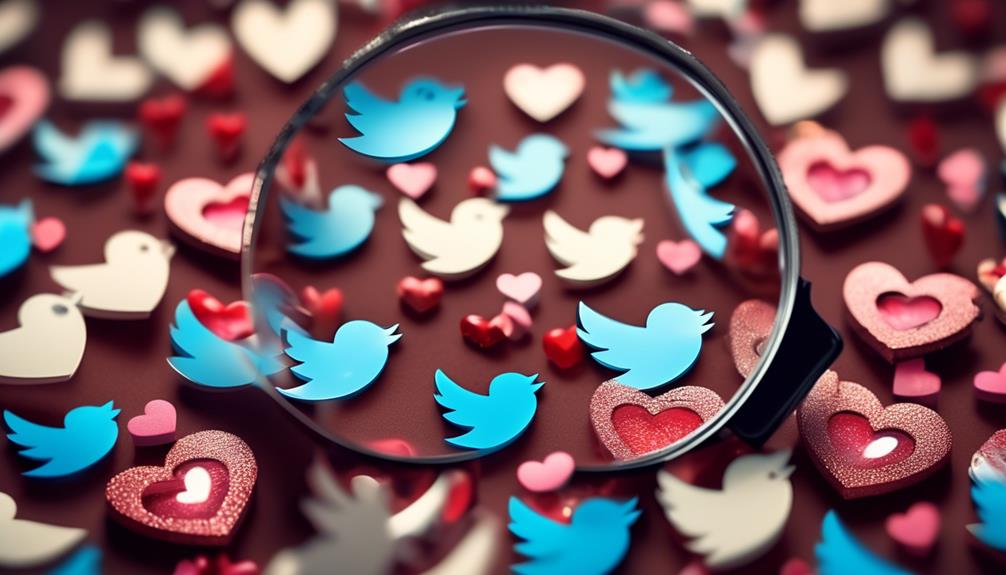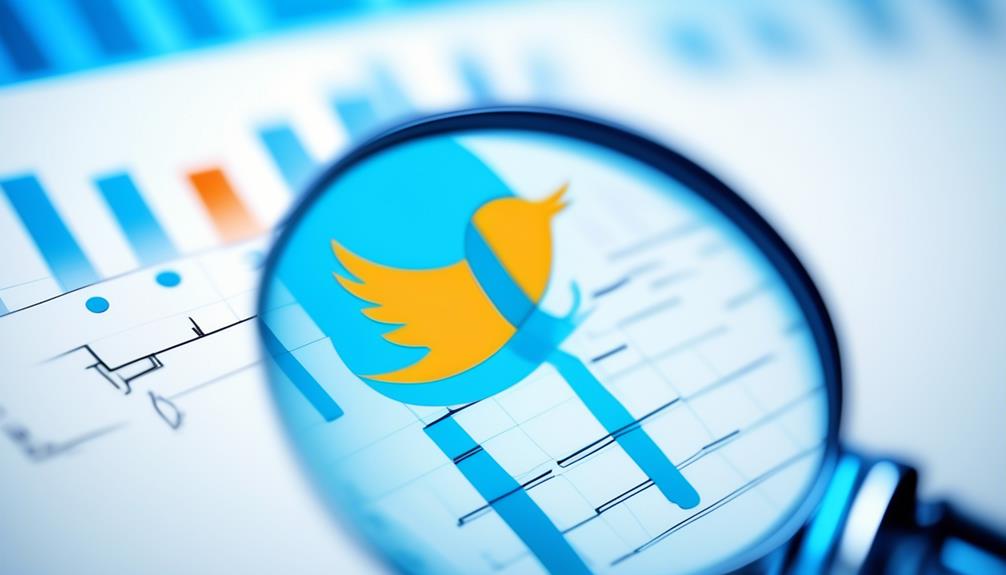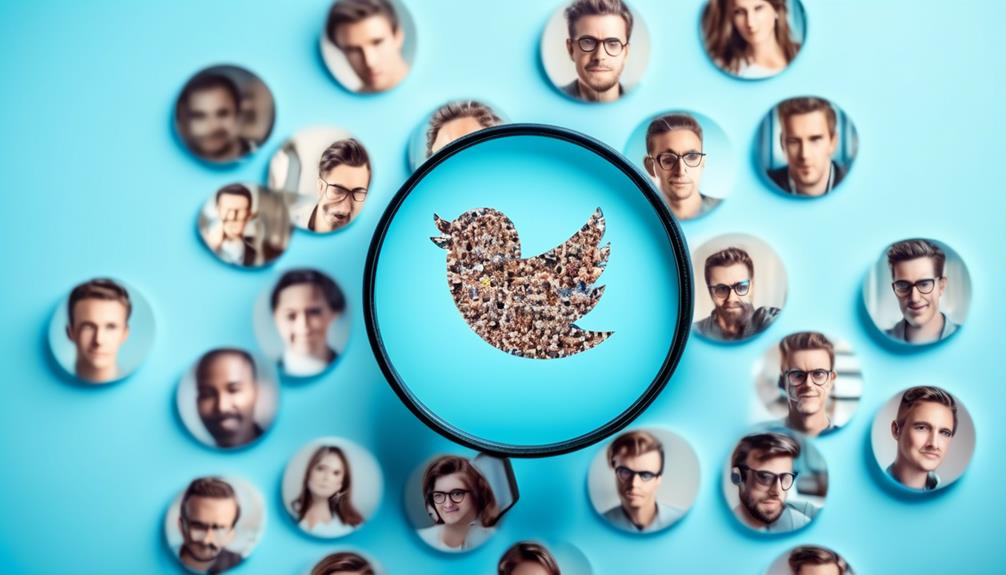
How many Twitter likes is good?
While you might think the key to happiness is through love, money, or success, it’s actually measured in Twitter likes, isn’t it?
Let’s face it, you’re in a digital world where a ‘like’ can be as gratifying as a pat on the back.
But how many likes should your tweet get to be considered ‘good’? Is there a magic number?
The truth is, it’s a bit more complicated than that.
So, shall we start peeling back the layers of this Twitter enigma?
Key Takeaways
- Twitter likes are important metrics that indicate audience engagement and preference.
- Factors such as follower count, content quality, and engagement level can influence the number of likes.
- Utilizing trending hashtags and optimizing content can increase the likelihood of receiving more likes.
- Engaging with influencers and utilizing trending hashtags can significantly boost visibility and user engagement.
Understanding Twitter Likes

To truly gauge the impact of your tweets, you need to understand what Twitter likes signify about your content’s reach and resonance with your audience. ‘Like’s significance isn’t just a tap of heart; it’s a data point that gives you insight into your audience’s preferences and engagement level.
This data is essential because Twitter algorithms value it. These algorithms assess the popularity and relevance of your content by analyzing the number of likes. The more likes, the higher your content ranks in your audience’s feeds, boosting visibility and potentially increasing your follower count.
But remember, not all likes are created equal. Twitter algorithms are smart enough to differentiate between organic likes from human users and automated likes from bots. So, focus on creating content that resonates with your audience, not on generating likes through artificial means.
In the innovative world of social media marketing, understanding the mechanics of likes and Twitter algorithms is crucial. It’s not just about getting likes; it’s about understanding what those likes mean, how they affect your reach, and how you can use this data to refine your Twitter strategy.
Importance of Twitter Engagement
While understanding the significance of likes on Twitter is crucial, it’s just the tip of the iceberg when it comes to Twitter engagement. Engagement metrics analysis goes beyond counting likes, to include retweets, comments, shares, and click-throughs. It provides invaluable insights into what content resonates with your followers.
Moreover, influencer interaction techniques play a pivotal role in boosting engagement. Engaging with influencers in your niche, either through collaborations or simply by starting conversations, can lead to increased visibility and user engagement. Even a single retweet or mention from a well-known influencer can skyrocket your reach and engagement levels.
Decoding Good Like Counts

Cracking the code of ‘good’ like counts on Twitter isn’t a straightforward task, as it largely hinges on various factors including your follower count, the quality of your content, and the level of engagement it elicits. This is where the concepts of like count psychology and social media algorithms come into play, and they’re crucial in understanding how to optimize your tweets for better engagement.
Here are some factors that influence ‘good’ like counts:
- Content Quality: High-quality content tends to attract more likes.
- Follower Base: The larger your follower base, the higher the chances of getting more likes.
- Engagement Level: Tweets that provoke discussions usually get more likes.
- Posting Time: The time you post can also impact the number of likes you get.
Analyzing the data of your past tweets can provide valuable insights into what works best for your audience. By understanding the nuances of like count psychology and leveraging the power of social media algorithms, you can strategically enhance your Twitter engagement.
Remember that innovation is key, and don’t be afraid to experiment with your content and engagement strategies.
Strategies to Increase Likes
Armed with a deeper understanding of what constitutes ‘good’ like counts, let’s now explore a variety of tested strategies that could help ramp up your likes on Twitter. Two pivotal tools in your arsenal are Hashtag Utilization and Content Optimization.
Hashtag Utilization is about using relevant hashtags to increase the visibility of your tweets. Content Optimization, on the other hand, involves crafting engaging and concise tweets that resonate with your audience.
Consider the following table, which outlines key steps in these strategies:
| Strategy | Key Steps |
|---|---|
| Hashtag Utilization | Research trending hashtags, use a mix of popular and niche hashtags, avoid overuse. |
| Content Optimization | Create engaging content, keep it concise, use visuals, incorporate a call to action. |
Case Study: Successful Twitter Profiles

Let’s delve into the examination of successful Twitter profiles to gain insights on how they’ve effectively used strategies like hashtag utilization and content optimization to garner more likes. Their success is marked by a strong profile branding strategy, a consistent voice, and a keen understanding of their target audience’s interests.
- Celebrity influence plays a crucial role in these profiles. They leverage their popularity and the viral nature of Twitter to maximize their reach.
- They utilize trending hashtags to ride the wave of current conversations, making their content more discoverable.
- They optimize their content by crafting engaging tweets with a clear call to action.
- They humanize their brand by interacting with followers, showing that they value their audience’s opinions.
These strategies, coupled with effective profile branding and celebrity influence, provide a blueprint for success on Twitter. It’s not just about the number of likes, but the engagement and the connections formed.

